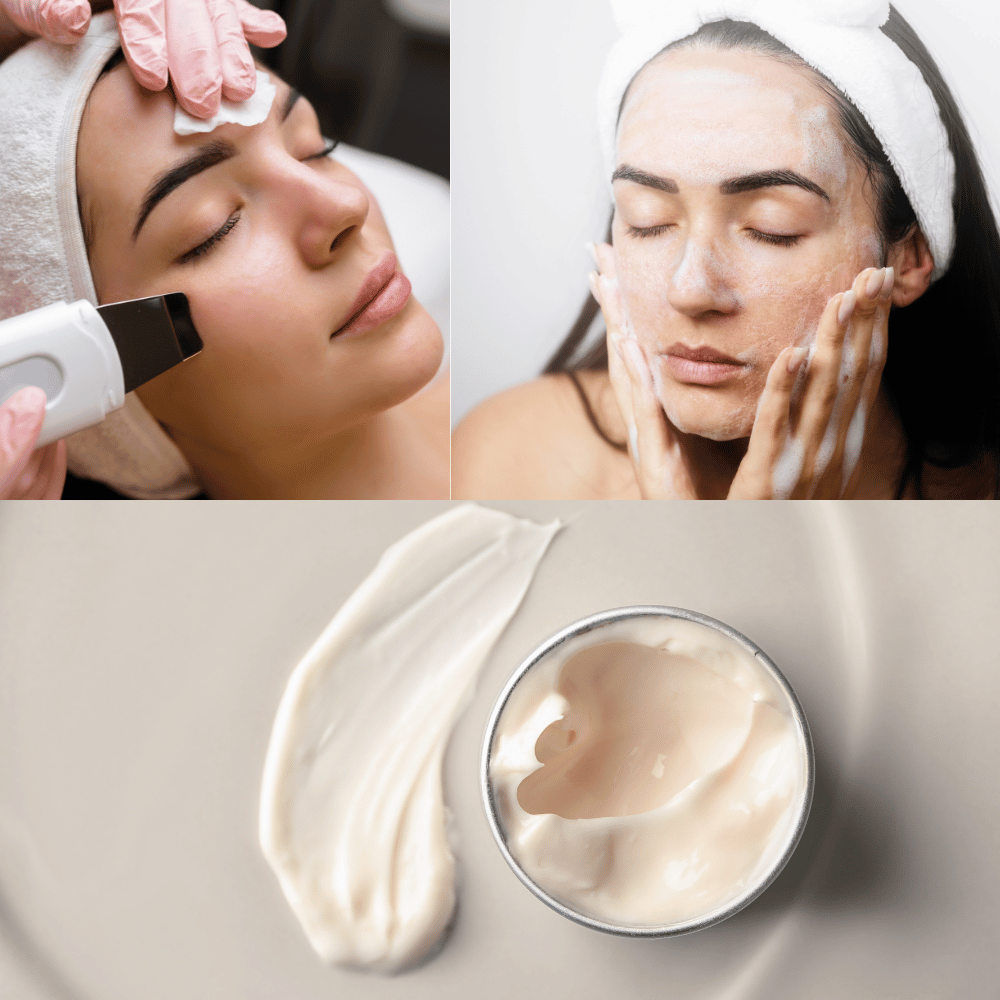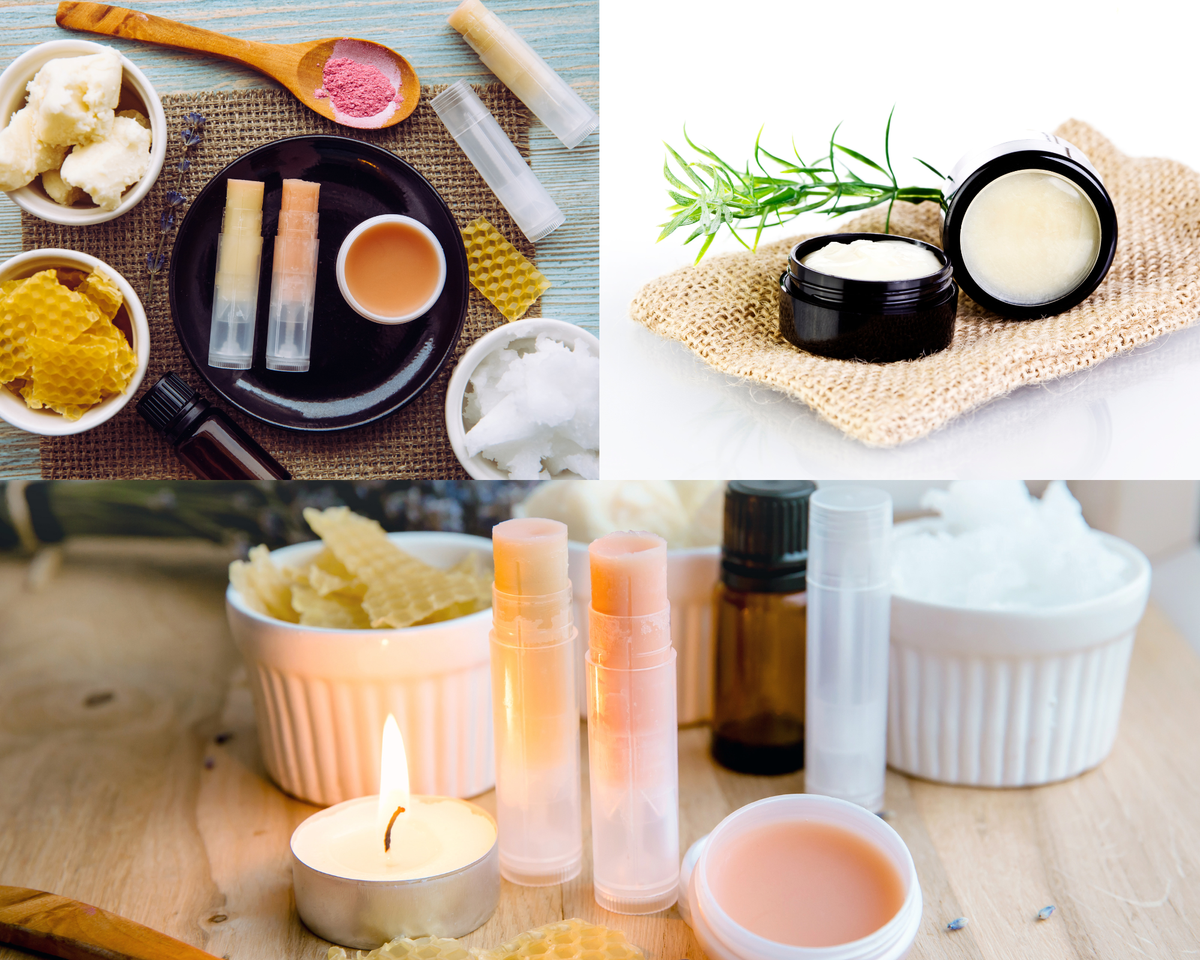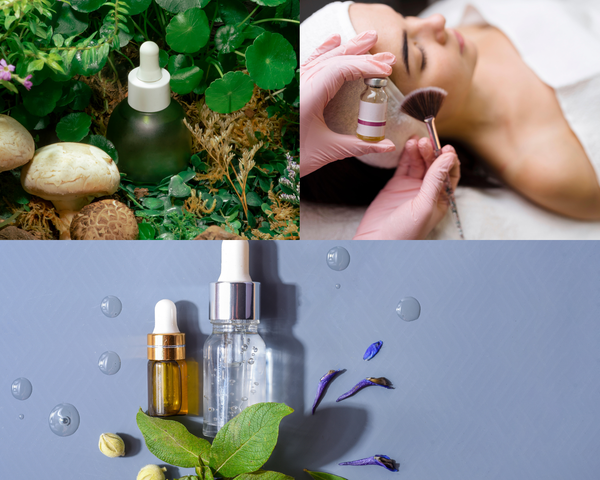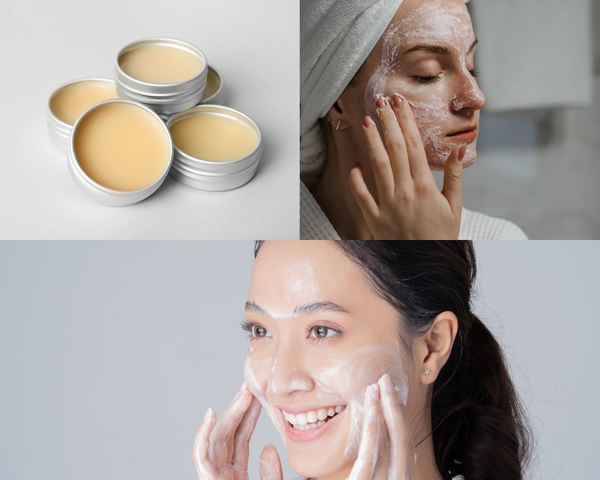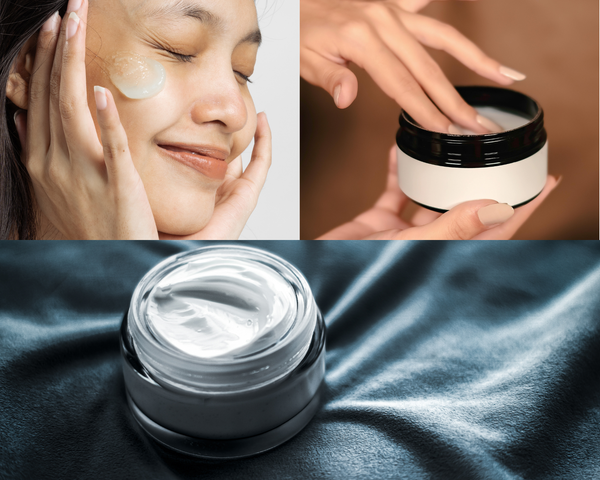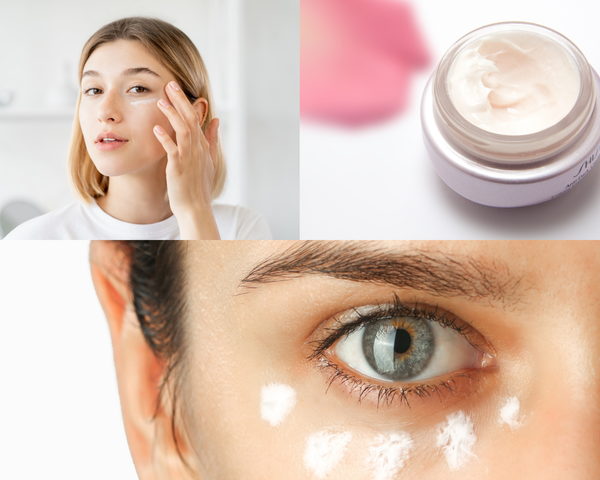Creating your own cleansing balm at home is like painting a masterpiece on a blank canvas. With the right ingredients, you can tailor a balm that not only cleanses but also nourishes your skin. Let's dive into the world of DIY cleansing balm ingredients and discover how to create a balm that suits your skin's unique needs.
Key Takeaways:
- Essential Ingredients: Learn about the natural oils, waxes, and butters that form the foundation of an effective cleansing balm.
- Tailored Recipes: Discover specific recipes using beeswax, shea butter, and jojoba oil for different skin benefits.
- Natural Oils: Understand which oils work best for your skin type to achieve a clean, glowing complexion.
Essential Cleansing Balm Ingredients
When crafting a cleansing balm, the ingredients you choose are the building blocks of your skincare routine. Natural oils, waxes, and butters are the stars of the show, each bringing unique benefits to the table. These components not only cleanse but also hydrate and protect your skin.
Natural oils such as jojoba, almond, and coconut are popular choices due to their ability to dissolve makeup and impurities without stripping the skin of its natural oils. Waxes like beeswax provide structure to the balm, while butters such as shea butter offer deep moisturization. Together, these ingredients create a harmonious blend that leaves your skin feeling refreshed and nourished.
Best Natural Oils for Cleansing Balms
Choosing the right oils for your cleansing balm is akin to selecting the perfect ingredients for a gourmet dish. Jojoba oil is a favorite due to its similarity to the skin's natural sebum, making it ideal for deep hydration and gentle cleansing. Almond oil is another excellent choice, known for its ability to soothe and soften the skin.
Coconut oil, with its antibacterial properties, is perfect for those prone to breakouts. Each oil brings its own set of benefits, allowing you to customize your balm to meet your skin's specific needs. By understanding the properties of these oils, you can create a balm that not only cleanses but also enhances your skin's health.
Beeswax Cleansing Balm Recipe
Beeswax is a versatile ingredient that adds a creamy texture to your cleansing balm. To create a beeswax cleansing balm, start by melting beeswax pellets with your choice of natural oils. This combination not only cleanses but also forms a protective barrier on the skin, locking in moisture.
For a simple recipe, combine 1 tablespoon of beeswax with 2 tablespoons of coconut oil and 1 tablespoon of almond oil. Melt the ingredients together, then pour into a container to cool. This balm is perfect for soothing and cleansing, leaving your skin feeling soft and supple.
Shea Butter DIY Cleansing Balm
Shea butter is a powerhouse ingredient known for its moisturizing properties. To make a shea butter cleansing balm, blend shea butter with natural oils like jojoba or almond. This combination provides a rich, nourishing balm that hydrates while cleansing.
For a basic recipe, mix 2 tablespoons of shea butter with 1 tablespoon of jojoba oil and 1 tablespoon of almond oil. Melt the ingredients together, oil cleansers, shelf life, then allow them to cool in a jar. This balm is perfect for daily use, providing smooth, hydrated skin with every application.
Jojoba Oil Cleansing Balm Benefits
Jojoba oil is a standout ingredient in cleansing balms due to its ability to mimic the skin's natural oils. This makes it an excellent choice for deep hydration and gentle cleansing. Jojoba oil is non-comedogenic, meaning it won't clog pores, emulsifying wax making it suitable for all skin types.
Incorporating jojoba oil into your cleansing balm can help balance oil production, reduce acne, and improve skin texture. By using jojoba oil, you're not just cleansing your skin; you're also providing it with essential nutrients that promote overall skin health.
Coconut Oil Cleansing Balm Recipe
Coconut oil is a versatile ingredient that can transform your cleansing balm into a powerhouse of antibacterial and moisturizing properties. To create a coconut oil cleansing balm, combine coconut oil with beeswax and a few drops of essential oils for added benefits.
For a simple recipe, melt 2 tablespoons of coconut oil with 1 tablespoon of beeswax. Add a few drops of lavender essential oil for a calming effect. This balm not only cleanses but also leaves your skin feeling refreshed and rejuvenated.
Exploring Key Ingredients for a Perfect Cleansing Balm
Creating the perfect cleansing balm is like crafting a symphony, where each ingredient plays a crucial role. Natural oils, waxes, and butters work together to cleanse, hydrate, and protect your skin. By understanding the properties of each ingredient, store bought cleansing balms you can create a balm that meets your skin's unique needs.
Experiment with different combinations of oils and butters to find the perfect balance for your skin. Whether you're looking for deep hydration, gentle cleansing, or a soothing effect, the right ingredients can help you achieve your skincare goals.
Learn What Natural Oils, Waxes, and Butters Work Best
Understanding which natural oils, waxes, and butters work best for your skin is key to creating an effective cleansing balm. Jojoba oil, almond oil, makeup remover, cocoa butter, and coconut oil are popular choices for their cleansing and moisturizing properties. Beeswax provides structure, grapeseed oil while shea butter offers deep hydration.
By experimenting with different combinations, you can create a balm that not only cleanses but also nourishes your skin. Whether you have dry, oily, or sensitive skin, the right ingredients can help you achieve a clean, glowing complexion.
Find Out Which Natural Oils Work Wonders in DIY Cleansing Balms
Natural oils are the backbone of any cleansing balm, providing the necessary hydration and cleansing properties. Jojoba oil is a favorite for its ability to mimic the skin's natural oils, while almond oil is known for its soothing properties. Coconut oil offers antibacterial benefits, making it ideal for acne-prone skin.
By understanding the benefits of each oil, you can create a cleansing balm that meets your skin's specific needs. Whether you're looking for deep hydration, gentle cleansing, or a soothing effect, the right oils can help you achieve your skincare goals.
From Jojoba to Almond, Pick Oils That Suit Your Skin's Needs
Choosing the right oils for your cleansing balm is like selecting the perfect ingredients for a gourmet dish. Jojoba oil is ideal for deep hydration, while almond oil is perfect for soothing and softening the skin. Coconut oil offers antibacterial properties, making it suitable for those prone to breakouts.
By understanding the properties of each oil, you can create a balm that not only cleanses but also enhances your skin's health. Whether you have dry, oily, or sensitive skin, the right oils can help you achieve a clean, shea butter, damp cloth, glowing complexion.
Create a Rich, Creamy Cleansing Balm with Beeswax
Beeswax is a versatile ingredient that adds a creamy texture to your cleansing balm. By combining beeswax with natural oils, you can create a balm that not only cleanses but also forms a protective barrier on the skin, locking in moisture.
For a simple recipe, melt beeswax with coconut oil and almond oil. This combination provides a rich, creamy balm that soothes and cleanses, cleansing oil, vitamin e oil, diy cleansing, leaving your skin feeling soft and supple. Whether you're looking for deep hydration or gentle cleansing, beeswax is a key ingredient in any effective cleansing balm.
Try This DIY Cleansing Balm with Shea Butter natural cleansing balm
Shea butter is a powerhouse ingredient known for its moisturizing properties. By blending shea butter with natural oils like jojoba or almond, you can create a rich, nourishing balm that hydrates while cleansing.
For a basic recipe, mix shea butter with jojoba oil and almond oil. This combination provides a smooth, hydrating balm that is perfect for daily use. Whether you're looking for deep hydration or gentle cleansing, shea butter is a key ingredient in any effective cleansing balm.
Discover the Benefits of Using Jojoba Oil in Your DIY Cleansing Balm
Jojoba oil is a standout ingredient in cleansing balms due to its ability to mimic the skin's natural oils. This makes it an excellent choice for deep hydration and gentle cleansing. Jojoba oil is non-comedogenic, meaning it won't clog pores, making it suitable for all skin types.
Incorporating jojoba oil into your cleansing balm can help balance oil production, reduce acne, and improve skin texture. By using jojoba oil, you're not just cleansing your skin; you're also providing it with essential nutrients that promote overall skin health.
Ideal for Deep Hydration and Gentle Cleansing essential oils
Jojoba oil is ideal for deep hydration and gentle cleansing, making it a popular choice for DIY cleansing balms. Its ability to mimic the skin's natural oils makes it suitable for all skin types, providing essential nutrients that promote overall skin health.
By incorporating jojoba oil into your cleansing balm, you can achieve a clean, glowing complexion. Whether you're looking for deep hydration or gentle cleansing, jojoba oil is a key ingredient in any effective cleansing balm.
Summary
Creating your own cleansing balm at home allows you to tailor a skincare solution that meets your unique needs. By understanding the properties of natural oils, waxes, and butters, you can craft a balm that not only cleanses but also nourishes your skin. Whether you're using beeswax, shea butter, or jojoba oil, sweet almond oil the right ingredients can help you achieve a clean, glowing complexion.
FAQ
Q1: What are the benefits of using a DIY cleansing balm?
A1: DIY cleansing balms allow you to customize the ingredients to suit your skin's needs, providing a natural and effective way to cleanse and nourish your skin.
Q2: Can I use any natural oil in my cleansing balm?
A2: While many natural oils are beneficial, it's important to choose oils that suit your skin type. Jojoba, almond, and coconut oils are popular choices for their cleansing and moisturizing properties.
Q3: How do I store my DIY cleansing balm?
A3: Store your cleansing balm in a cool, dry place in an airtight container to maintain its freshness and effectiveness.
